As the saying goes, "In the world of martial arts, only speed can not be defeated", and this principle also applies to the animal world. The rapid attack speed is often the key to capturing prey. So, do you know which animals are at the top of the list in terms of attack speed? This article will take stock of the five animals with the fastest attack speeds, namely, the big-toothed ant, the mantis shrimp, the water scorpion, the chameleon, and the slender-scaled taipan. How fast are other animals? Let's explore together!
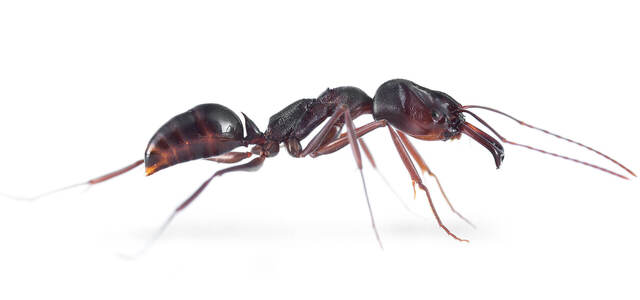
1. Big-toothed ant
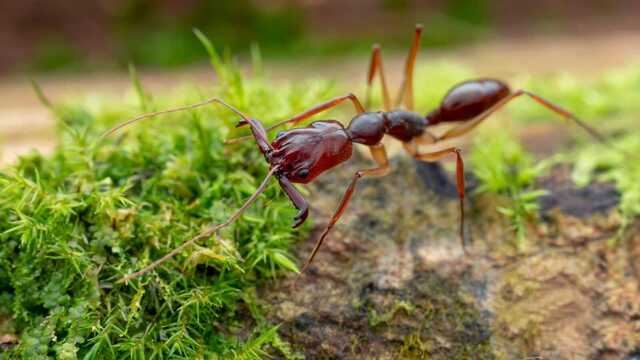
The latest scientific research shows that the big-toothed ant is the fastest attacking animal on earth. It can close its jaws and bite its prey in just 0.13 milliseconds, which is about 2,300 times faster than a human blink. Not only is the speed amazing, the big-toothed ant's bite force is also quite strong. Although it weighs only 12.1 to 14.9 mg, the bite force of its upper and lower jaws can reach 300 times its own weight every time it closes its mouth. If the distance of its mandibles closing is compared to the speed, its speed is equivalent to 125 to 233 kilometers per hour.
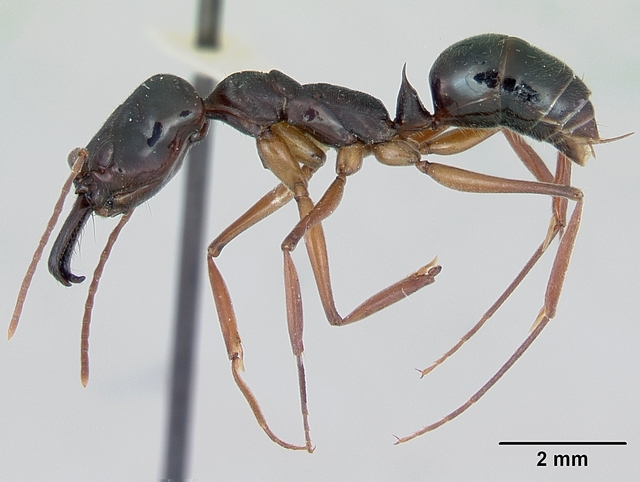
The big-toothed ant belongs to the genus Big-toothed ant of the family Formicidae in the order Hymenoptera, and is also known as the "trapping jaw ant". Their trigger-type mandibles can close at an extremely fast speed to capture prey or to eject themselves through the reaction force to avoid enemies. Big-toothed ants are mainly distributed in India, Sri Lanka, the United States, Brazil and other places. They are also widely distributed in Shaanxi, Beijing, Zhejiang, Hubei, Hunan, Fujian, Guangdong and Hainan in China. They like hot climates and usually live in groups. Their nests are mostly built underground, under stones or on the surface, and are made of twigs, sand or gravel. Big-toothed ants are mainly carnivorous and prey on small insects, such as young crickets.
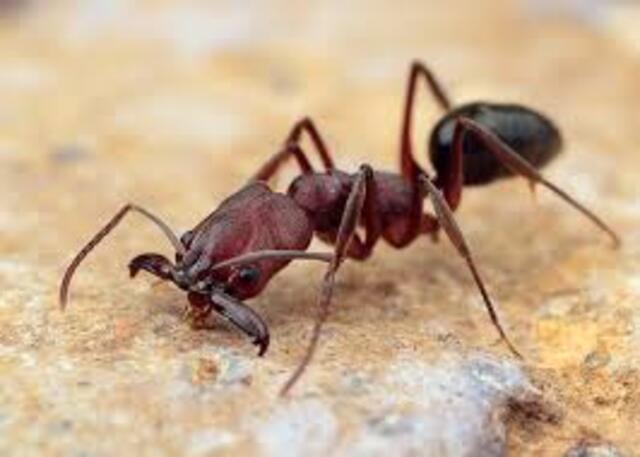
As one of the fastest attacking animals on earth, the big-toothed ant has become one of the most lethal representative species among ants with its fastest closing predator organ in nature.
2. Mantis shrimp
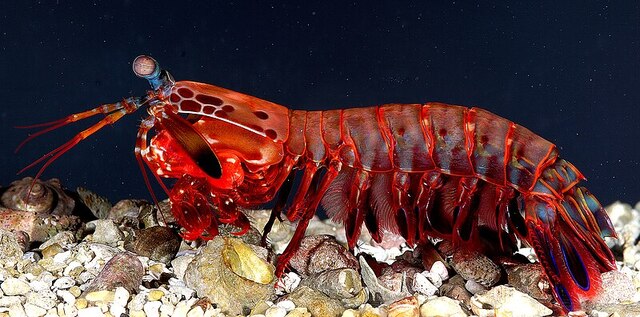
Mantis shrimp is a kind of mantis shrimp that we often say. It is a smart and powerful marine creature. They have a pair of powerful pincers, which are extremely powerful when attacking, and can break glass and even pinch off human fingers. In addition, some species of mantis shrimp also have a pair of "hammers" hidden under the body, which can attack at a speed of 60 kilometers per hour. When hunting, this "hammer" can be ejected in one thousandth of a second, and its impact force can reach up to 60 kilograms.
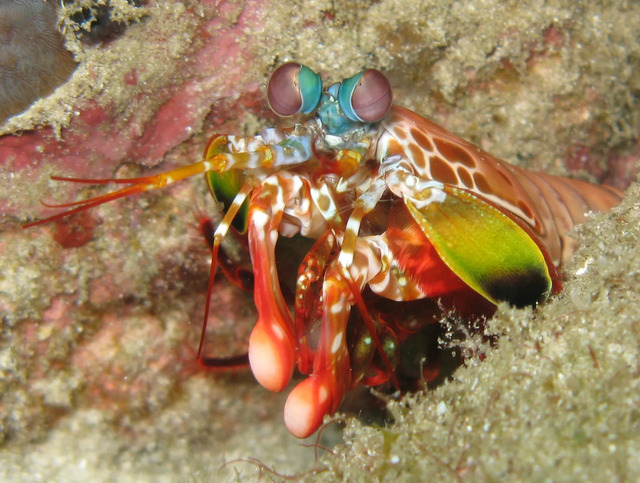
Mantis shrimps are widely distributed in tropical waters of the Indian and Pacific Oceans, including China's South China Sea and coastal areas of Taiwan. They usually live in crevices and caves in reefs, or hide behind rocks and corals, waiting for opportunities to hunt. Peacock mantis shrimps are known for their strong sense of territory and fierce character, and often feed on slow-moving gastropods, bivalves and crustaceans on the seabed.
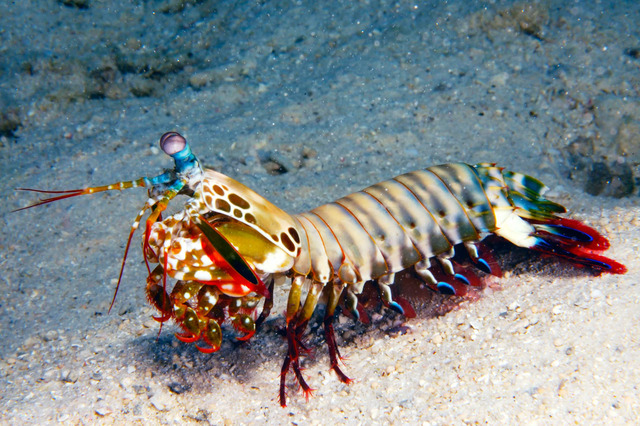
During the breeding season, female peacock mantis shrimps will lay tens of thousands of fertilized eggs and "hold" these eggs tightly to ensure their safety until the shrimps successfully hatch.
3. Water scorpions
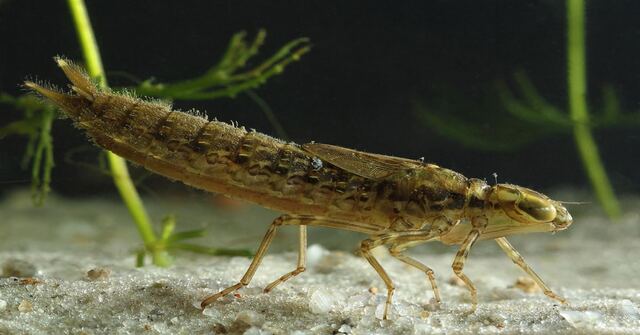
Water scorpions, also known as dragonfly larvae or nymphs, are aquatic creatures with extremely fast attack speeds. When they catch prey, they usually only need one-third of a second to successfully attack. The growth cycle of water scorpions varies from species to species. The shortest takes only 2-3 months, the common species takes about 1-3 years, and the longest species even takes 7-8 years to mature. During this long larval stage, water scorpions usually undergo 8 to 14 molts until they finally crawl out of the water and transform into dragonfly adults.
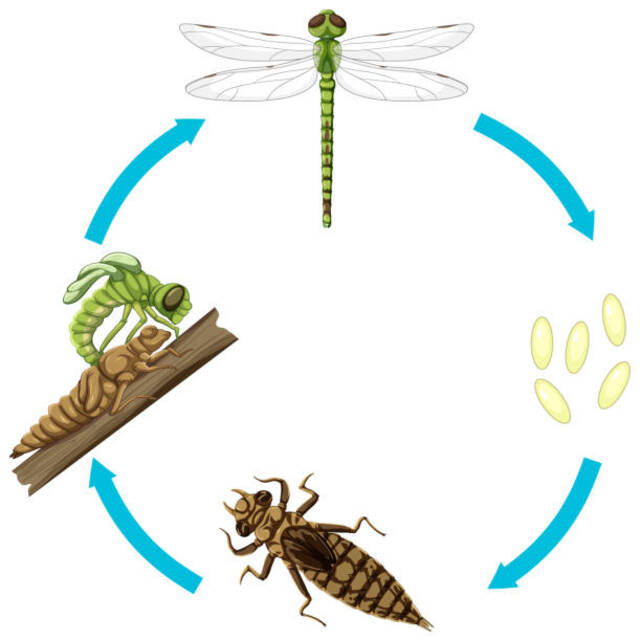
Water scorpions mainly live in waters in the south, and are commonly found in streams, ponds, and swamps. Before they metamorphose into dragonflies, they have always made ponds their home. As carnivorous animals, water scorpions are ferocious and prefer to prey on small aquatic insects and larvae, and sometimes even small fish and tadpoles. When raising water scorpions artificially, they can be placed in a glass tank or basin, with about two-thirds of the container filled with water, and some aquatic plants added to simulate the natural environment.
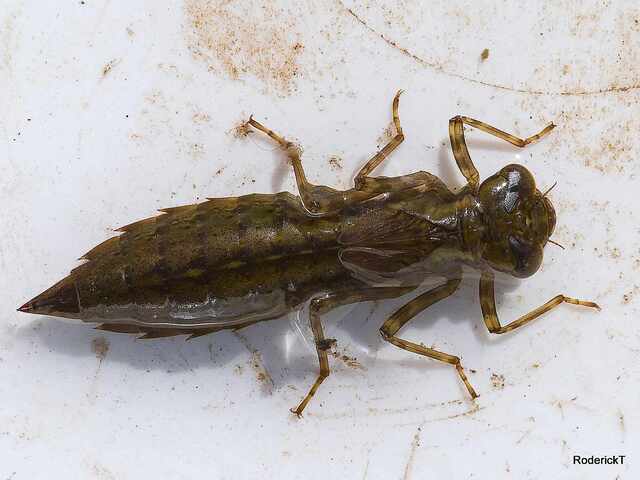
Among some ethnic groups such as the Buyi people in Yunnan, water scorpions are even a traditional delicacy. They usually catch water scorpions during the Qingming Festival, blanch them in boiling water, drain the water, and then coat them with eggs and flour paste and fry them, making them a unique dish to go with wine. In addition, water scorpions are the larval stage of dragonflies and damselflies. When faced with threats, they use their rectums to absorb water and spray out water, quickly escaping from dangerous areas through hydrodynamics to protect themselves.
4. Chameleon
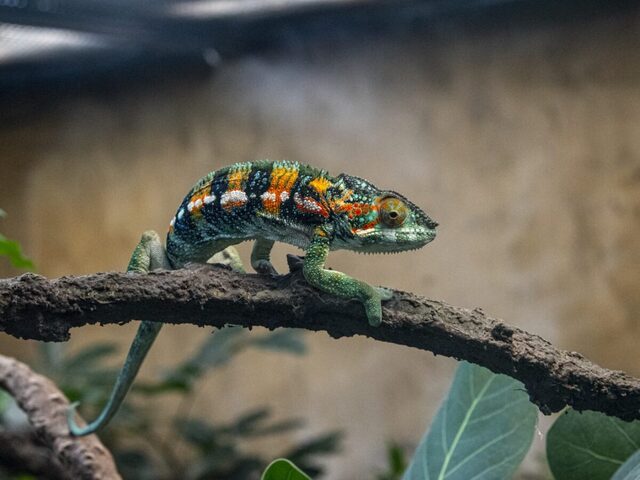
The key to a chameleon's prey hunting is its flexible and powerful tongue. The chameleon's tongue can quickly extend to twice its own length in just 1/125 seconds, accurately capturing prey. According to previous studies on large chameleons with a body length of more than 220 mm, the acceleration of its tongue when hunting can reach up to 486 m/s², which is 50 times the acceleration of gravity. Moreover, smaller chameleons tend to hunt faster.
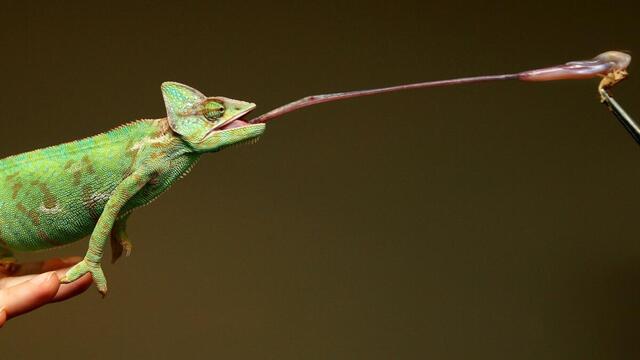
Chameleons are mainly distributed in the African continent and Madagascar Island, with a small number of species distributed in Asia and southern Europe. Most of them live in trees, and only a few species live on the ground. Insects are their main food source. Chameleons mainly reproduce by laying eggs, but a few species also lay eggs and live young.
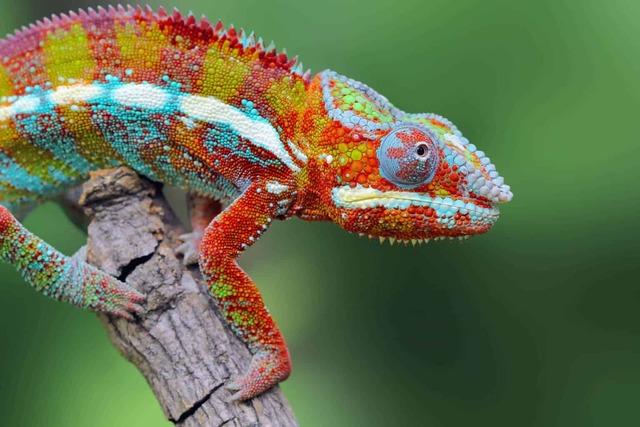
Some chameleon species adjust their body color according to changes in the surrounding environment, while others express emotions through their body color. For example, when threatened or competing for a mate, the body color becomes particularly bright. In addition, body color can also reflect health status: when the body is in poor health or angry, the color will turn black; when the body temperature is too high, the color will turn white. Chameleons have extremely long tongues, almost as long as their bodies. When hunting, they use the strong suction generated by the tip of the tongue to suck prey. Studies have also shown that the tip of the tongue contains mucus, which can quickly stick to and capture insects. Their tails are also flexible and are good at wrapping around branches to stabilize their bodies.
5. Slender Taipan
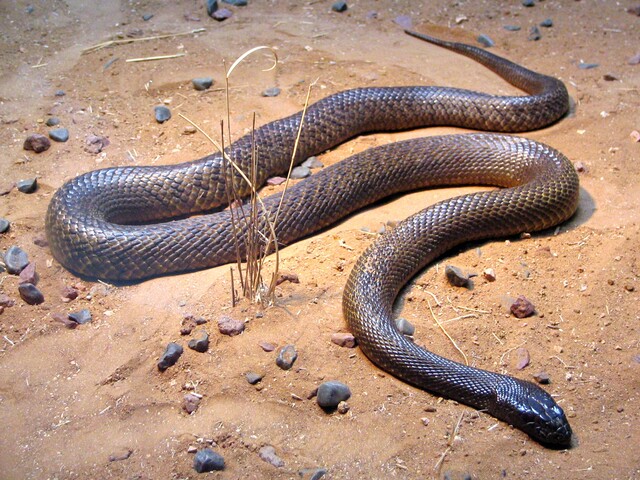
Slender Taipan, also known as Inland Taipan, is the most venomous snake known on land and one of the fastest attacking snakes. When hunting or threatened, this snake will raise its front half of its body in an "S" shape, and its attack speed is so fast that it is almost beyond the ability of human eyes to capture. Slender Taipan can complete an attack in just one-third of a second, and it often attacks more than once. Prey are often hit continuously without any reaction, and are bitten by its fangs two or three times.
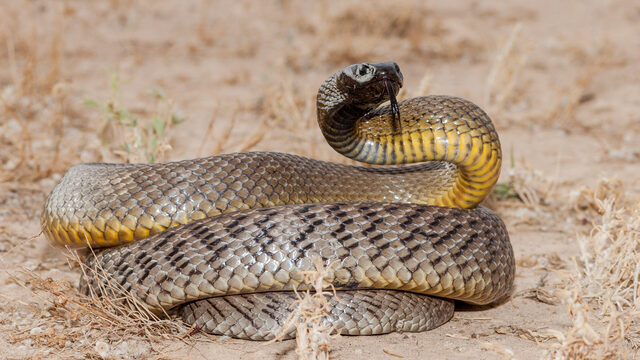
This snake is mainly distributed in the arid plains and grasslands of central Australia. It often lives in dry environments with few people, including deserts, grasslands, dry riverbeds, rat holes, cracks or holes in the ground, and sometimes hides in stone crevices or wall holes. The fine-scaled taipan feeds on frogs, toads and small mammals. When hunting or disturbed, it will quickly raise its body and show amazing attack speed. They are oviparous snakes and lay about 12 to 20 eggs each time.
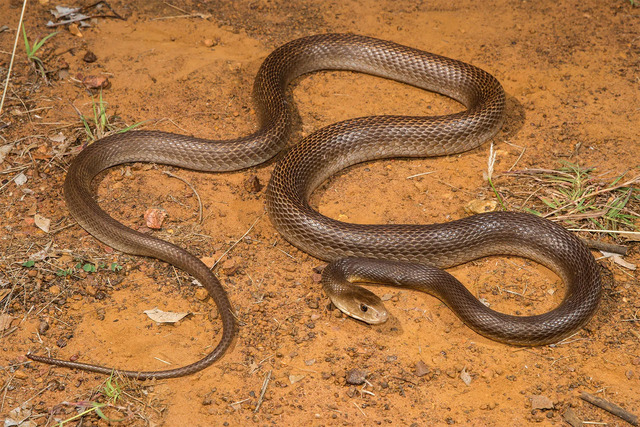
As the most venomous snake on land, the venom of the fine-scaled taipan is extremely powerful. Its venom discharge is about 20 times that of the king cobra. The venom released by each bite is enough to poison 20 tons of prey within 24 hours, which is equivalent to the weight of two adult African Elephants-Are-Endangered.html">elephants. It can be said to be the double limit of toxicity and attack power.
This list of the fastest attacking animals in the world is compiled based on information from multiple related websites, and is ranked and recommended according to the time it takes for animals to complete an attack. This article is for entertainment reference only. If you have any questions, please leave a comment or give valuable suggestions at the end of the article!
animal tags:
We created this article in conjunction with AI technology, then made sure it was fact-checked and edited by a Animals Top editor.